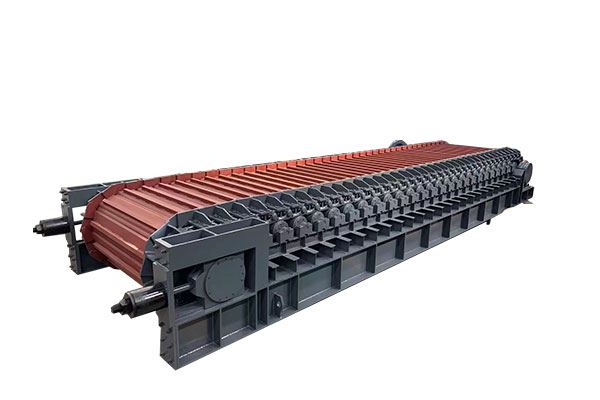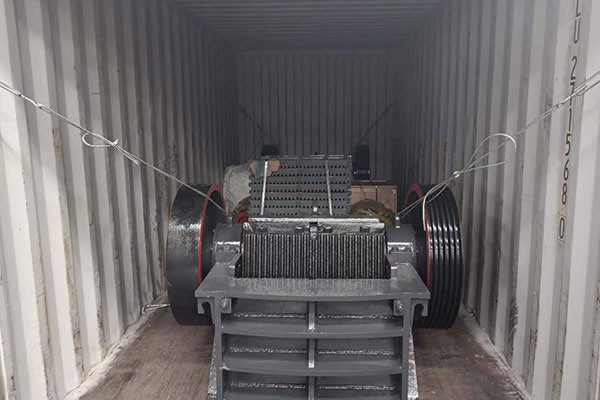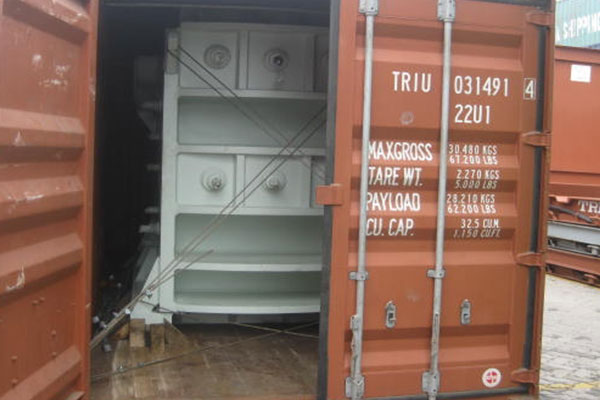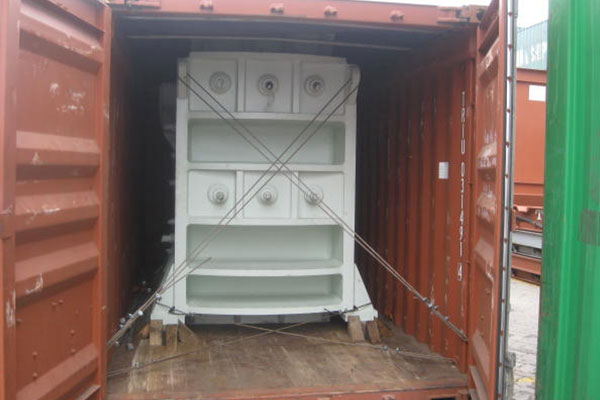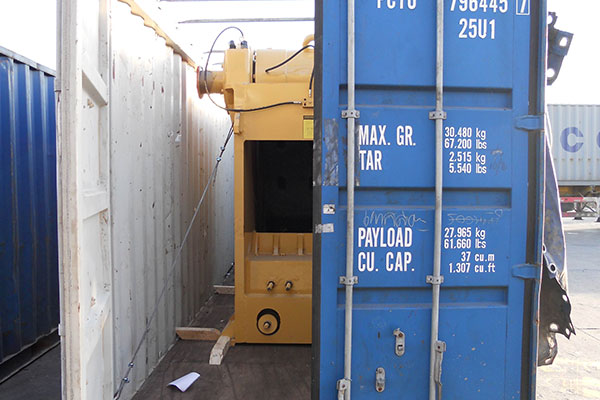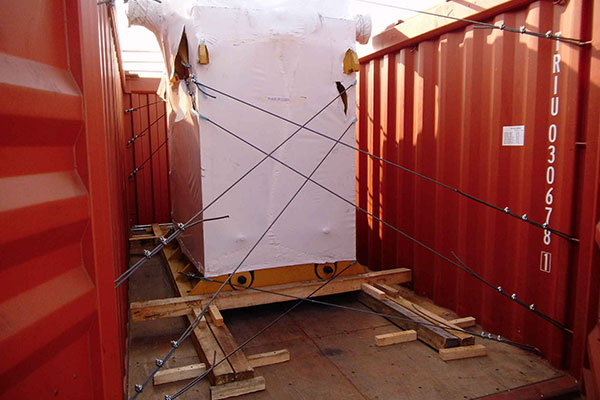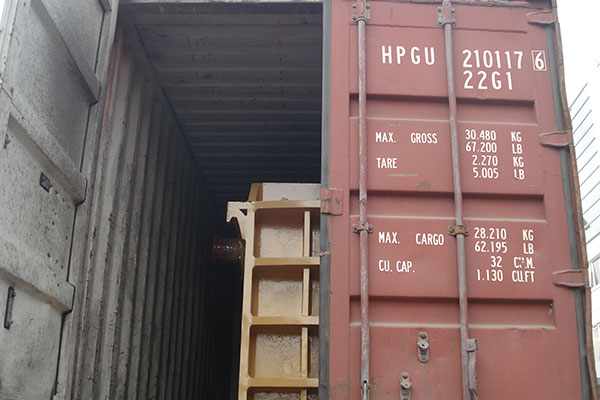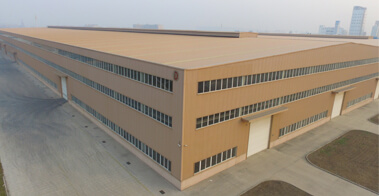OVERVIEW
The apron feeder is a conveying device for bulk materials. It can transport fine materials with particle sizes below 5mm as well as large block materials exceeding 1 meter in size. It has strong adaptability, adjustable conveying capacity, and the ability to continuously and uniformly convey various materials. It finds wide applications in sectors such as mining, construction materials, chemical industry, and metallurgy. The Apron feeder is known for its outstanding advantages, including high traction, low power consumption, minimal wear, low material spillage, smooth operation, reliability, long service life, and easy maintenance.
CLASSIFICATION
Apron feeders can be categorized into three types: light-duty apron feeder, medium-duty apron feeder, and heavy-duty apron feeder.
Light-duty apron feeder: Allows the transportation of bulk and granular materials with a bulk density not exceeding 1200 kg/m³, chunk weight not exceeding 140 kg, and a temperature not exceeding 350°C.
Medium-duty apron feeder: Permits the transportation of bulk and granular materials with a bulk density not exceeding 2400 kg/m³, chunk weight not exceeding 500 kg, and a temperature not exceeding 400°C. The typical installation inclination angle does not exceed 25°.
Heavy-duty apron feeder: Used for continuous and uniform feeding from storage bins to crushers, conveyors, or other machinery. It can also transport materials with large particle size and higher density over short distances. It can be installed horizontally or at an inclination with a maximum inclination angle 12-20°.
The heavy-duty apron feeder can be classified based on transmission modes and feeding speed as follows:
-
Right-hand drive: The transmission unit is located on the right side of the feeding direction
-
Left-hand drive: The transmission unit is located on the left side of the feeding direction
-
Constant speed type
-
Variable speed type
ADVANTAGES
The drag chain of the heavy-duty apron feeder uses a standard dry crawler chain produced by reputable manufacturers. It does not require lubrication, has high tensile strength, and is easy to install and maintain.
All chain connection points of the heavy-duty apron feeder use expansion sleeves and locking plates, preventing damage to the shaft and reducing stress concentration, making it easy to assemble and disassemble.
The chain plates of the heavy-duty apron feeder are of a stamped welding structure with curved interlocking between the plates. This design ensures no material spillage during operation, and the chain plates have enhanced load-bearing capacity.
The drive unit of the heavy-duty apron feeder employs a suspended single-point floating support method, where the meshing of gears is not influenced by the base accuracy. This minimizes the radial installation dimensions of the apron feeder.
WORKING PRINCIPLE
The apron(plate) feeder is primarily composed of several components, including the drive unit, tensioning device, chain plate assembly, main shaft assembly, frame, support wheels, sprockets, baffles, and chute. The power from an electric motor (or hydraulic engine) is transmitted through components such as couplings and a gearbox to drive the sprockets, which in turn rotate the conveyor chain. As the sprockets move, the conveyor chain and chain plates are driven forward, causing the material accumulated on the chain plates to move forward as well. The material is discharged at the head of the apron feeder(plate feeder), facilitating continuous feeding. During operation, the working part of the conveyor chain is supported by upper support wheels, while the return chain plates are supported by lower support wheels.


